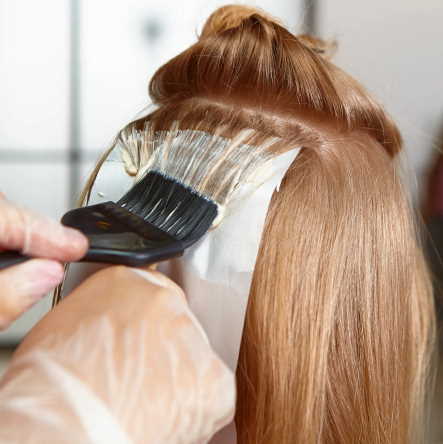
How frequent coloring of hair can damage it
For many women in today’s society hair coloring has become almost a given, with the majority always trying to change their shade or color on a regular basis. Whether inspired by a celebrity, model or one of their friends or colleagues, dyeing hair at home is now both extremely simple and fairly inexpensive, and it gives an instantly new picture.
However, there are many bad effects of hair dye. These effects may cause more damage and problems in the near future. Hair coloring works by using chemicals to change the natural pigments found in our hair, so it is easy to see how frequent coloring of hair can damage it if used frequently or for a long time. The manufacturer’s themselves-skin discomfort-make clear one of the simplest examples of damage that can be done by hair dyes. They suggest that it be checked first on a small area of skin, just in case it causes inflammation, rashes or a feeling of burning.

Here are a few more examples of what kind of damage hair dye can cause:
Damage to the hair
Since hair color works with chemicals to alter the hair’s pigment, daily use can result in over-exposure and long-term damage. Examples of this would be dry, low-moisture brittle hair and possible split ends. It takes a long time to reverse this damage, use hair treatments where appropriate, avoid using dye and wait for new, healthy strands to develop.
Risks to safety
 While hair dye can cause internal organs problems if ingested, this is obviously quite rare since most people are careful when using the products. Nevertheless, more recent developments and studies have demonstrated more cause for concern. Scientists have found that certain chemicals in hair dye can be related to certain forms of cancer, thereby raising the likelihood that patients may get the disease (this likelihood is increased in the long term).
While hair dye can cause internal organs problems if ingested, this is obviously quite rare since most people are careful when using the products. Nevertheless, more recent developments and studies have demonstrated more cause for concern. Scientists have found that certain chemicals in hair dye can be related to certain forms of cancer, thereby raising the likelihood that patients may get the disease (this likelihood is increased in the long term).
Irritated skin
This has been discussed briefly before but hair dye can cause serious skin problems even if it is not used in the long run. For example, if it is used without first testing and the user suffers a reaction, it can lead to skin burning and blistering, possibly leading to long-term damage.
